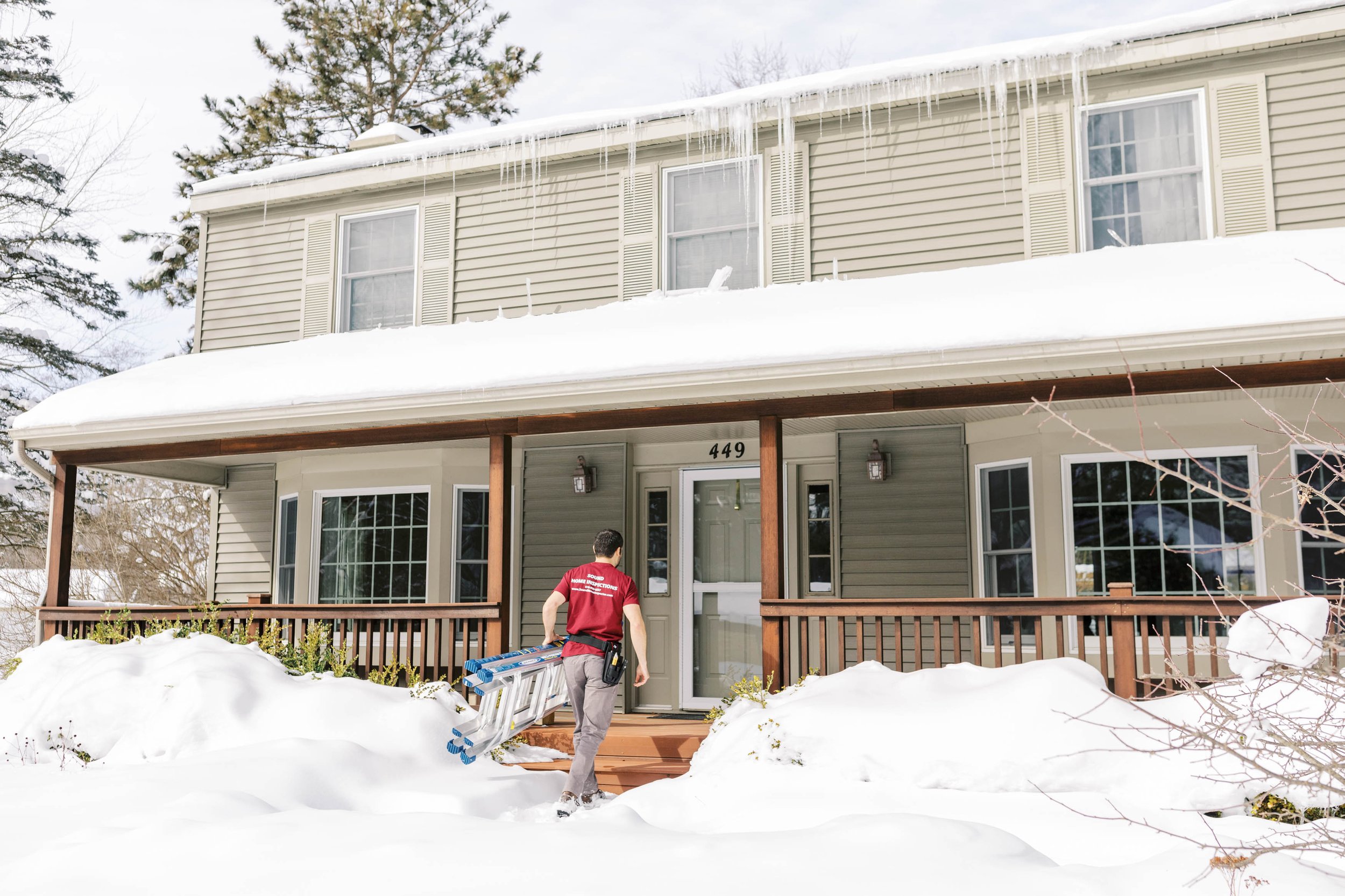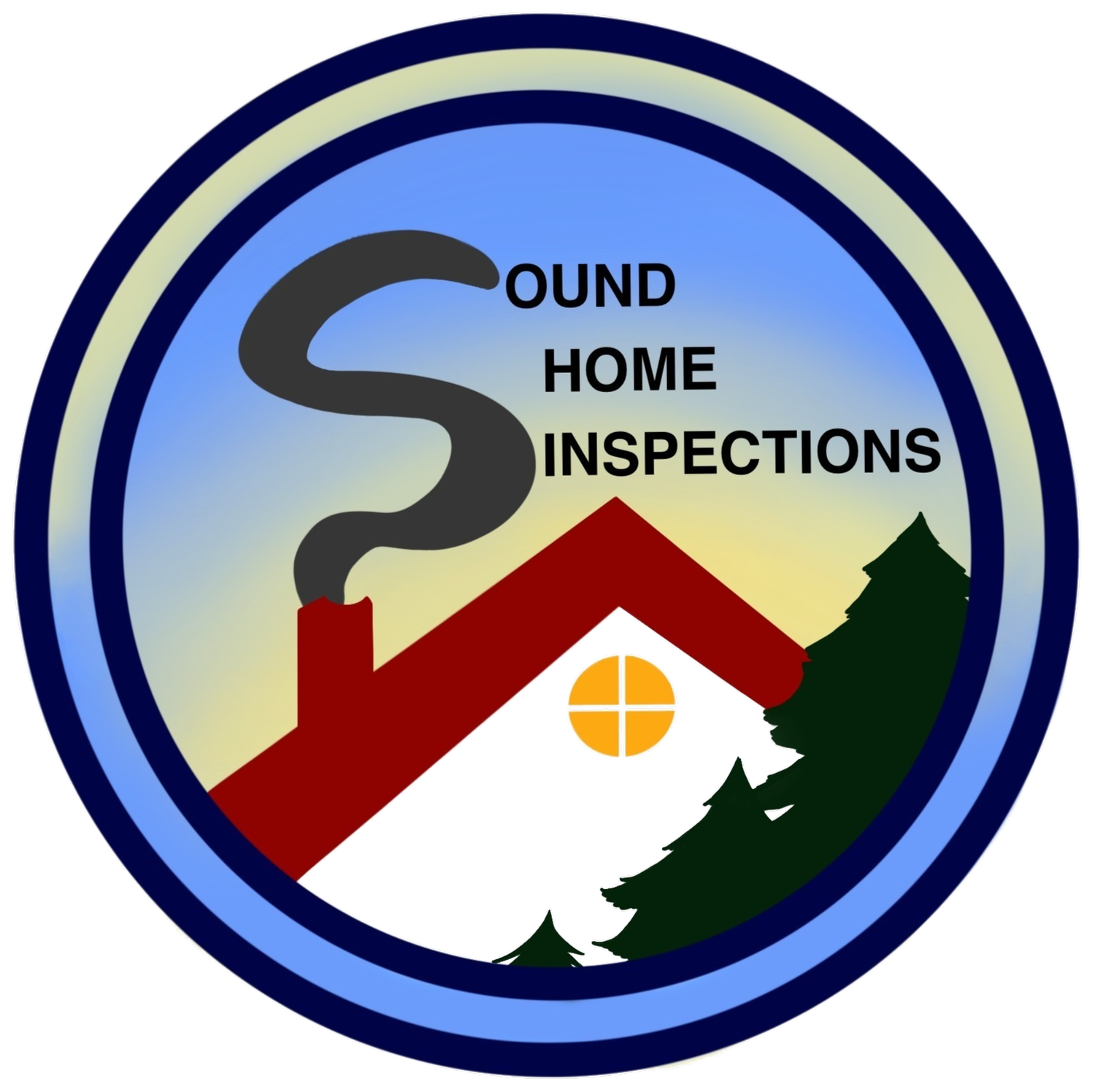
FAQ
Frequently Asked Questions
-
Think of a home inspection as a general health checkup for the home. The home inspector will evaluate the overall condition of the home and refer you to specialists if concerns are found, just as your primary care physician would do during a routine health checkup.
A standard home inspection includes a general evaluation of the conditions of the home including, but not limited to, the foundation, structure, roof coverings/structure, siding/trim, electrical, plumbing, heating and cooling.
-
UNMATCHED THOROUGHNESS: Your Sound Home Inspector arrives hours ahead of your scheduled meet time to thoroughly inspect and record any deficiencies in the components of the home. This allows your inspector to maintain a focused and driven evaluation of the home so he can be ready to show you his findings and answer all your questions once you arrive. No standing around bored for hours as with typical home inspection services.
EDUCATION: An educational walkthrough of the findings are included to help the buyer understand the conditions of the home, how to properly maintain the home, and to answer any questions they may have.
SAME DAY REPORT: A full PDF report with pictures and descriptions of the findings and suggestions are emailed to the buyer on the same day that the inspection is performed.
-
As defined by the EPA:
Radon is a naturally-occurring radioactive gas that can cause lung cancer. Radon gas is inert, colorless and odorless. Most radon exposure occurs inside homes, schools and workplaces. Radon gas becomes trapped indoors after it enters buildings through cracks and other holes in the foundation.
Testing is the only way to determine radon levels. If radon levels are high, contact a certified radon service professional to fix your home. EPA guidance suggests mitigating if levels are at or above 148 Bq/m3 (4 pCi/L). Usually, radon problems are fixed using an underground ventilation system or by increasing the rate of air changes in the building.
